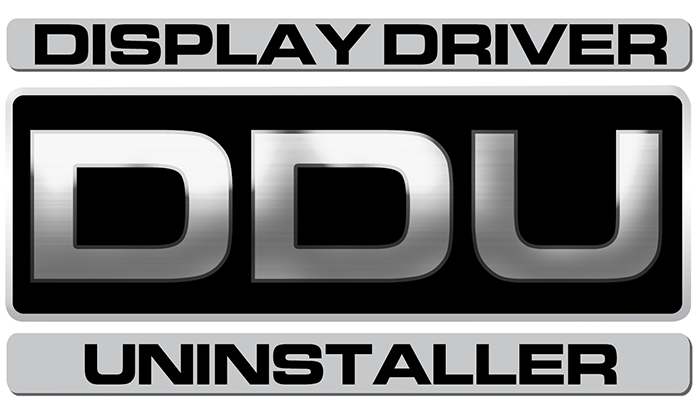A computer graphics card is the component that produces a graphical or video interface which is then displayed onto your screen. Like a USB thumb drive, graphics cards require a connection to your system’s motherboard, in this case through your peripheral component interconnect or PCI for short. However, that is not all it needs. Graphic cards also require what is known as a driver in Windows, a piece of software that allows a device to communicate to the Windows operating system.
Drivers allow functionality between the device and the operating system and without them, the hardware you connect to the computer will not function as intended. From time to time drivers will receive updates and it is important that you update these drivers to receive new functionality or improve performance of your system.
Graphic card driver updates have become a new fad where both Nvidia and AMD are constantly pushing out new releases or “Game-Ready Drivers” that ensure for smoother game play on new gaming titles. Unfortunately for many users, drivers do not always update properly and failing drivers can cause problems like video failure or a decrease in performance. A very common error that you may receive is the Window failure message: “Display driver stopped responding and has recovered”.
The guide below will show you how to use a free consumer tool that uninstalls AMD, Intel, and Nvidia display drivers. Known as Display Driver Uninstaller or DDU, the tool will run a clean scan of your machine to remove any drivers and their supported software.
Supported for Windows 7, 8.1, and 10 (All latest builds).
1. Using your desired web browser, go to Display Driver Uninstaller Download version 15.7.5.5
2. Scroll down to the Download Locations and download the latest version. At the time of typing this guide, we will be using version 15.7.5.5.
3. After clicking the latest version, your download should begin within five seconds, then a zipped folder will be downloaded.
4. Unzip the downloaded file labeled [Guru3D.com]-DDU.zip.
5. In the unzipped folder, double click the DDU vXX.X.X.X self-extracting tool. Then allow it to extract.
6. Run the Display Driver Uninstaller.
7. When prompted to reboot in Safe Mode, change your Launch option to Safe Mode (Recommended) and hit Reboot to Safe Mode.
- a. This tool is designed to be ran in Windows Safe Mode and it is NOT recommended to run this operation in normal Windows operation. Doing so can cause a loss of video without recovery.
- b. If the tool is ran in normal Windows operation mode, then boot the system into Safe Mode and attempt to download and install the correct driver.
8. With the tool open, select your Graphic Driver brand and choose the first open of Clean and restart (Highly Recommended).
9. The bottom log box will display the current process in the uninstall process.
10. Your computer should automatically restart once the clean removal of the display driver has finished. Your computer should also return to normal boot mode.
11. If your display settings have been changed or altered, do not panic. This is normal.
12. Go to your graphics card manufacturer’s website and download the latest drivers.
-
a. For AMD visit: AMD Driver Autodetect
b. For Intel visit: Intel® Driver Update Utility
c. For Nvidia visit: GeForce Experience Tweaks your Game Settings Automatically | GeForce
13. Use the automatic driver updater tools to detect your device and download the latest driver.
14. With the latest display driver reinstalled, you have now successfully performed a clean install of your display drivers.
© 2016 techsupportforum.com

All trademarks, service marks and trade names referenced in this material are the property of their respective owners.







3 Comments
automatic driver updater tools??????
can you explain please?
For the automatic driver updater tools, you can download the Nvidia, Intel or AMD driver assistance tools that automatically detect and download the correct GPU driver. This takes the guess work out of finding the right driver.
This article is very good. I like it. Interesting post. Thanks for posting this. Please share more information.